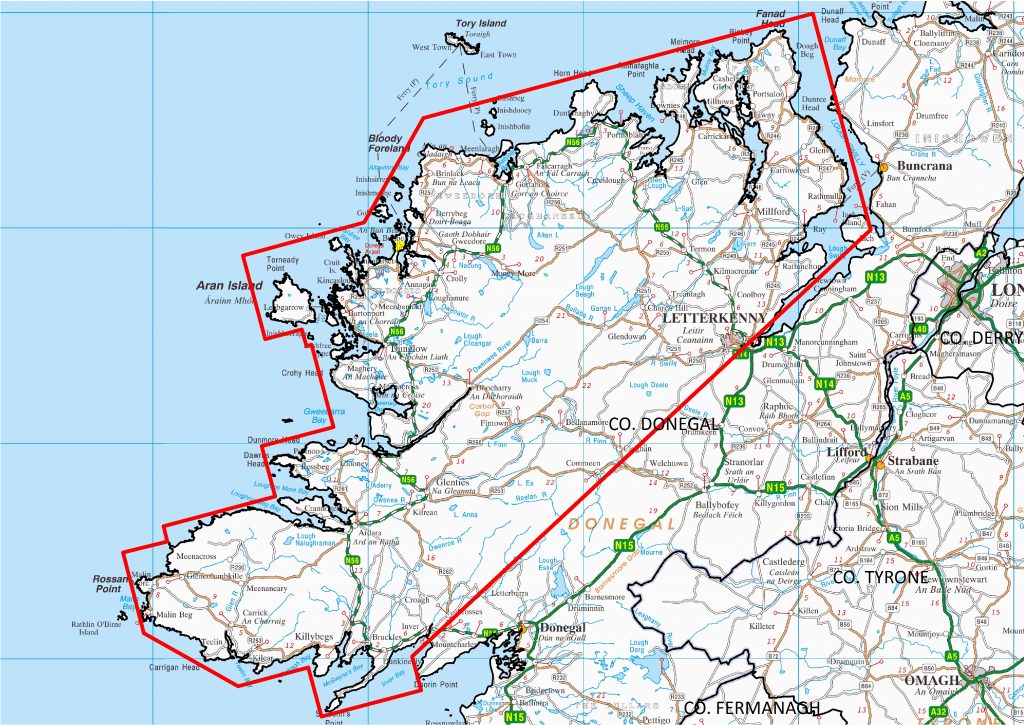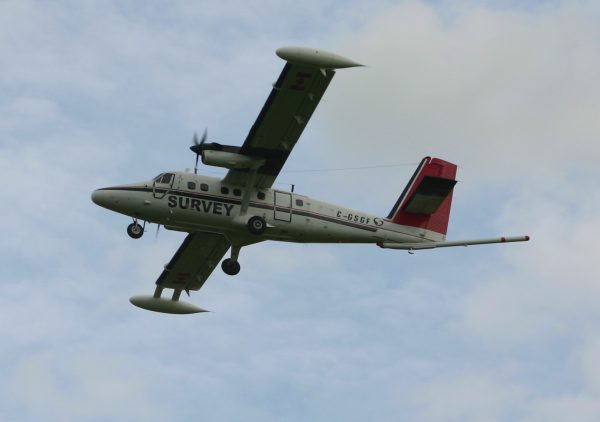The next phase of Tellus is set to ‘take off’ over Donegal in early March. Tellus is a geological mapping project which collects geophysical and geochemical data on rocks, soil and water across Ireland.
Involving a low-flying plane equipped with state-of-the-art geophysical technology, the aircraft will be based at Sligo airport and traverse the skies of Donegal into the autumn months (weather permitting).
Survey activity will help better identify and map variations in the rocks and soils, which will assist in understanding the local environment, soil management and natural resource potential for these counties.
Previous phases of Tellus have prompted significant international interest in mineral exploration and provided information for more detailed radon risk maps by providing an up-to-date, comprehensive picture of the country’s geology. Data collected throughout the Tellus project is made freely available via the Tellus website (www.tellus.ie).
Airborne activity over Donegal follows on from previous surveying by the Tellus Border project across eastern Donegal in 2011. The completion of the western part this year will allow for county-wide geological insights.
The Tellus team, led by the Geological Survey Ireland and funded by the Department of Communications, Climate Action and Environment (DCCAE), expect to have surveyed 50% of Ireland by late 2017.

Donegal 2017 Tellus Survey
Director of Geological Survey Ireland, Koen Verbruggen, explains the significance of the initiative:
“Tellus continues to unearth significant discoveries in relation to the geological composition of Ireland. By using the latest technology, the next phase of the survey will be delving deep into the environment and natural resources of two regions which are home to some of the oldest rocks in the country.
“With resulting data supporting the protection of public health, agricultural productivity and the assessment of natural resources, the work of the Geological Survey Ireland through the Tellus project continues to provide widespread benefits for the areas surveyed, and Ireland as a whole.”
To gather data, the Tellus project has commissioned an aircraft equipped with the latest geophysical technology, which surveys rural areas at a height of 60m – approximately eight times the height of a two storey house.
The aircraft is a white twin propeller plane operated by the specialist survey company, Sander Geophysics Ltd, and is easily identified by its red tail, black stripe and registration number C-GSGF.
The airborne survey will operate safely within Irish Aviation Authority permits, however, the sound of the plane flying overhead is similar to that of a passing lorry and could startle young animals and sensitive livestock, such as horses, pedigree cattle and poultry flocks.
Communicating with the local community is a priority for Tellus, said Aoife Brady, Project Manager:
“Tellus operates an extensive communications programme to inform the public of survey operations. We are in close contact with the local community in the area to make sure that people and animals on the ground are not disturbed by survey operations.
“We would like anyone who has concerns about the low-flying aircraft in relation to sensitive animals to get in touch through our information line on Freephone 1800 303 516.”
Results from Tellus survey activity in 2016 across counties Galway, southern Mayo, and neighbouring parts of Roscommon, Offaly, Clare and Tipperary are due to be released in the upcoming weeks.
For more information on Tellus, including weekly flight plans, please visit www.tellus.ie.
Tags:







